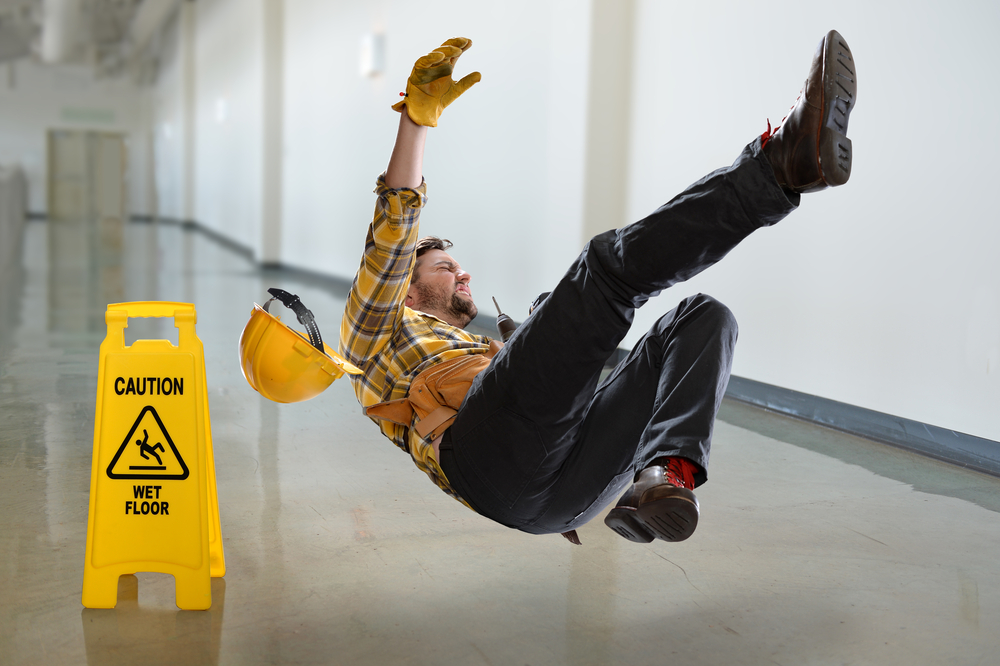Slip and fall accidents are a common occurrence in various settings, from workplaces and public spaces to private properties. These incidents can result in serious injuries, ranging from sprains and fractures to more severe consequences. In this article, we will delve into the causes of slip and fall accidents, explore preventative measures, and discuss the legal implications surrounding these incidents.
Table of Contents
ToggleCauses of Slip and Fall Accidents:
Wet floors, spills, or uneven surfaces are /qlovi.com/ significant contributors to slip and fall accidents. Whether it’s a freshly mopped floor without proper signage or a neglected spill, these hazards can catch individuals off guard.
Poor Lighting:
Inadequate lighting can impede visibility and increase the risk of tripping over obstacles that might otherwise be visible. Poorly lit staircases, hallways, or parking lots can create dangerous situations.
Improper Footwear:
Wearing inappropriate footwear for a particular environment can increase the likelihood of slipping and falling. Slick soles, high heels, or shoes with inadequate traction can pose significant risks.
Lack of Handrails:
Absence or inadequacy of handrails on stairs and ramps can contribute to falls, especially for individuals with mobility issues or when navigating elevated surfaces.
Negligence in Maintenance:
Failure to maintain premises, whether public or private, can lead to hazardous conditions. This includes neglecting repairs, ignoring potential dangers, or overlooking safety measures.
Regular Maintenance:
Property owners and managers should conduct regular inspections and maintenance to identify and address potential hazards promptly. This includes repairing uneven surfaces, fixing leaks, and ensuring proper lighting.
Proper Signage:
Clearly mark wet floors, spills, or recently cleaned areas with visible signage to alert individuals to potential dangers. Timely communication of potential risks is essential in preventing accidents.
Footwear Policies:
Implementing and enforcing footwear policies in certain environments can reduce the risk of slip and fall accidents. Encouraging employees or visitors to wear //kiwilaws.com appropriate footwear for specific settings is crucial.
Well-Designed Spaces:
Architects and designers should prioritize safety in their plans, ensuring that spaces are well-lit, with clear pathways, and equipped with appropriate safety features like handrails.
Legal Implications:
Property owners have a legal responsibility to maintain safe premises. When a slip and fall accident occurs due to negligence in property maintenance, the owner may be held liable for injuries sustained on their property.
Comparative Negligence:
In some cases, the injured party’s actions may be evaluated for potential negligence. Comparative negligence laws assess the degree of fault on both sides, impacting the amount of compensation awarded.
Statute of Limitations:
It’s essential to be aware of the statute of limitations, as there is a specific timeframe within which a legal action must be initiated. Failure to file a claim within this timeframe may result in the forfeiture of the right to seek compensation.
Conclusion:
Slip and fall accidents are preventable through proactive measures, such as regular maintenance, proper signage, and creating well-designed spaces. Understanding the legal implications, including premises liability and comparative negligence, is crucial for both property owners and individuals who may be affected by these incidents. By promoting safety and awareness, we can work towards reducing the prevalence of slip and fall accidents and ensuring the well-being of everyone in various environments.

